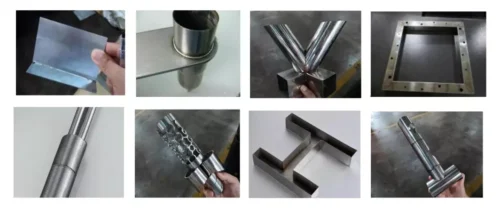Welding is a critical process in metal parts manufacturing. It typically joins two separate metal parts. To do this, people use various methods. A Handheld laser welding machine and an arc welding machine are the most popular in the modern world. Many industries use this welding to produce parts, structures, and equipment.
The core part of this article discusses the suitability of different welding methods. Specifically, you will learn why handheld laser welding machines have replaced many traditional welding methods.
Understanding the Challenges of Welding Processes
Welding metal parts presents a few challenges. The most suitable method solves these challenges the most. The following are the most common challenges that you may often find when welding two metal parts.
Accuracy Problem
One of the biggest issues we often encounter in metal welding is accuracy. The alignment issue is the biggest problem, especially when dealing with machine parts. Welding must be accurate for some uses, like in automotive or aerospace. Inaccurate welds are indeed more prone to failure. Therefore, selecting the correct method is very important here.
Increased Heat and Control Issues
As you know, welding must produce high heat to melt metals for joining. However, when the metal reaches its melting point, it is challenging to control the welding process properly. Therefore, a skilled welder is always necessary, especially for traditional welding.
Heat affected zone
HAZ is a significant problem, especially when working with thin metals. It is also an excellent deal for low-melting point metals like aluminum and copper. A change in HAZ can affect some of the metal’s properties.
Material Compatibility
Not all welding processes work for every metal. Some metals, like aluminum, need special techniques; dissimilar metals are even harder to join.
Welding Thin or Delicate Materials
Thin materials are tricky to weld. They can burn through or bend if you give them too much heat. You must ensure that thin materials keep a straight edge, which may be problematic with certain processes.
Safety Concerns
When welding two things, you must be careful. The first is eye protection, and the other is the high-voltage electric shock. Therefore, safety is always a prime concern.
Can a Handheld Laser Welding Machine Meet These Challenges?
A handheld laser welding machine is one of the latest technologies of the twentieth century. People also call these machines portable welding machines. This method offers several advantages. These benefits typically make handheld laser welding machines ideal for a wide range of applications. This section proves whether a handheld laser welding machine can meet the abovementioned challenges.
Precision and Accuracy
A handheld laser welder uses a highly focused, tiny laser beam that hits the same place where you want to weld. It directs energy to the joint area, making clean and precise welds. It works great for jobs that need precision or close limits.
Heat Input and Control
Laser welding uses minimal heat. This heat is concentrated and controlled, reducing the material’s risk of damage. Because of this, a handheld laser welding machine or portable laser welder prevents warping or deformation.
Heat-Affected Zone (HAZ)
A handheld laser welding machine creates a small HAZ. You are already familiar with what HAZ is. You know it changes the properties of metals slightly. A handheld laser welder, in this case, keeps the material’s properties intact. The joint remains strong, and the material is less likely to become brittle.

Material Compatibility
Laser welding works with many materials. It can handle most grades of aluminum, stainless steel, and titanium. Since laser welding does not require filler welding, it is also effective for joining dissimilar metals.
Thermal Distortion
Laser welding focuses the laser beams directly at the places where you need the welding. As a result, it produces less heat-affected zone, resulting in minimal thermal distortion. In specific, the concentrated laser beam reduces bending or twisting. Because of this, handheld laser welding is ideal for thin or delicate metals.
Efficiency and Speed
If you want something efficient, handheld laser welding is the best. It is fast and accurate. Also, laser welding needs less filler compared to other traditional methods. They require fewer passes to complete a weld. As a result, laser welding ensures high productivity and less labor costs.
Can Traditional Welding Meet These Challenges?
In the previous section, you have seen how handheld laser welding meets the mentioned challenges. We will evaluate whether other traditional methods can deal with these problems. This way, you will understand why a handheld laser welding machine is ideal. Also, you will know the reasons why it replaces traditional welding methods.
Laser welding is a new technology, but people have depended on various traditional methods since the eighteenth century. These methods are still widely used today because they are cost-effective and available.
There are various traditional welding methods. Some common methods are MIG, TIG, and stick welding. These methods have been trusted for decades. Let’s check out whether they can meet the challenges of metal welding.
Heat Input
Traditional welding uses a high amount of heat. This can be good, and it works great for thicker materials. The heat melts the metal and creates a strong bond. Although it is suitable for thicker metals, it is not ideal for thin and low-melting-point metals. Excessive heat can cause many problems for them. It may weaken the surrounding metal or create a larger HAZ.
Precision
Traditional welding methods often struggle with precision and weld quality. A steady hand and good technique are always necessary. Conventional welding methods can give you good results only if you are a skilled and professional welder.
Thermal Distortion
High heat levels in traditional welding often lead to thermal distortion. This is especially true for thin materials. The metal expands during welding and contracts as it cools. Because of this, your metal parts can warp or bend. To fix it, you must add extra work, time, and cost.
Material Compatibility
Traditional welding works with many materials. You can easily do it on steel, aluminum, or even titanium. But it doesn’t always work for different metals or fragile things. It’s easy for thin metals to burn through. On the other hand, some metals need unique sets or methods, making traditional welding less useful in some situations.
Speed
Traditional welding usually takes a lot of time. Preparing the tools, setting up the materials, and finishing the weld takes time. A skilled welder might be able to do it faster, but still, the process is not faster than using a handheld laser welder.
Post-Weld Work
Traditional welding often requires extra steps after the weld is complete. You may need to clean, grind, or polish it. Most traditional welding methods produce a spatter, which you will later need to remove to smooth the surface.
Safety
Compared to handheld laser welding machines, traditional welding is prone to safety. The high heat and open flame can cause burns. Sparks and spatter may injure the welder or damage nearby objects. When you work with traditional welding, you must ensure proper protective equipment.
Flexibility
Traditional welding methods can be used for many jobs, so there is no question about it. But they might not be the best for delicate or complicated jobs. More modern methods, like small laser welding tools, work better in these situations.
Handheld Laser Welding Machine VS Traditional Welding: Which is Better?
You are now familiar with handheld laser welding machines and traditional ones. You went through the pointers to see whether they can meet welding challenges. Let’s summarize the suitability one more time in a table so that you can easily distinguish their differences.
| Feature | Handheld Laser Welding Machine | Traditional Welding |
| Heat Input | Low, focused heat input minimizes damage to the surroundings | High heat input can weaken surrounding areas |
| Precision | Extremely high precision, suitable for intricate and delicate designs | It depends on the welder’s skills; precision is lower. |
| Thermal Distortion | Minimal due to concentrated heat and faster cooling | More prone to thin materials and often cause warping or deformation. |
| Material Compatibility | Works well with delicate, exotic, and thin materials | Suitable for common metals but struggles with thin metals. |
| Speed | Faster processes and quick execution | Slower; requires setup, manual adjustments, and multiple passes. |
| Versatility | Can handle complex shapes, joints, and materials with ease. | It is excellent for general welding tasks but is less effective for intricate designs. |
| HAZ | Small, preserving material integrity. | Larger, which can degrade material properties. |
| Safety | It is safer with fewer sparks, no open flame, and low spatter. | There is a higher risk due to sparks, open flame, and molten material. |
| Ownership Cost | Higher initial cost; low operating cost with minimal consumables | Lower initial cost; higher long-term cost due to consumables and maintenance |
| Environmental Impact | Eco-friendly with less energy usage and waste. | Higher energy consumption and waste production |
Final Thoughts
A handheld laser welding machine is handy because of several reasons. First and most importantly, this machine is portable, fast, and accurate. That’s all you need to ensure high productivity and efficiency. Besides, a handheld laser welder is also safe and environmentally friendly.
Contact our customer support team if you are looking for a portable welder. Our team of experts is very professional and always happy to assist you.
